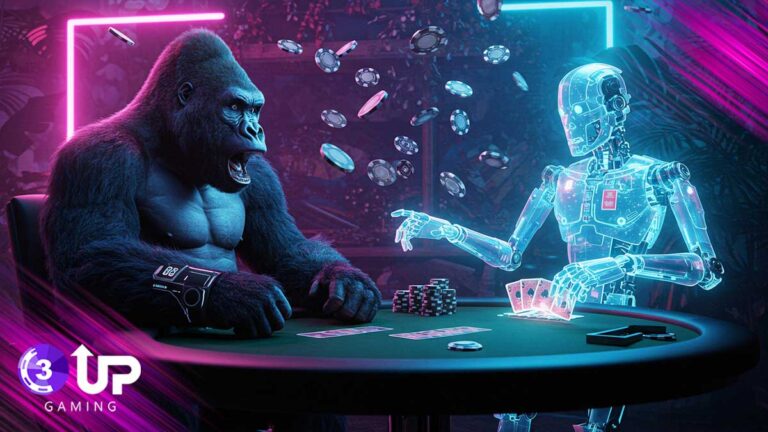Can Poker Bots Beat Human Professionals? For how long the question of whether bots can beat human pros has been debated by poker players and tech enthusiasts for years. As artificial intelligence (AI) and machine learning has evolved, bots have gone from simple rule-followers to powerful, self-improving opponents that can beat the world’s best human players. Poker is more than math, though; it’s an art of bluffing, reading people, and responding to unexpected things.
So can a probability-calculating, odds-figuring computer outsmart a grizzled old poker veteran? Or is the human factor too complicated to be solved by code?
Here, we ask can poker bots beat human professionals, and we’ll tell you how far poker bots have come, how they play, where they’re weak, and what we can expect in the man vs. machine battle in poker.
Can Poker Bots Beat Human Professionals?
The question “Can poker bots beat human professionals?” has become increasingly relevant with the rise of artificial intelligence in online gaming. Advanced poker bots, powered by complex algorithms and game theory, have shown impressive results, some even outperforming top human players in controlled environments. These bots can calculate probabilities, analyze patterns, and make data-driven decisions faster than any human. However, in real-world scenarios, human professionals still hold an advantage with psychological insight, bluffing techniques, and adaptability to dynamic game styles. While poker bots are evolving rapidly, the human element continues to play a critical role in high-level poker strategy.
The Evolution of Poker Bots: From Simple Scripts to AI Giants
Since their inception, poker bots have seen substantial evolution. Originally, they were just scripts with predetermined rules that specialists could readily hack. However, with the application of advanced algorithms and the installation of AI, today’s bots are quite clever.
Now, bots employ deep learning, neural networks and Game Theory Optimal (GTO) tactics to defeat even the greatest pros. They analyze humongous amounts of data, refine strategies in real-time and will never get fatigued, tilt or get distracted. Progress from small bots to AI giants is an acceleration process. This is how it went down year after year.
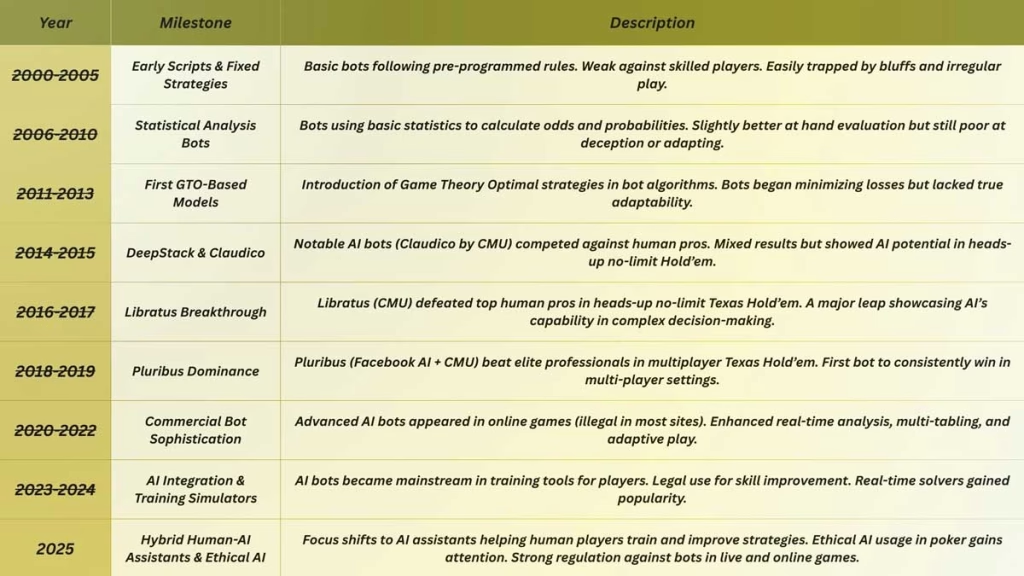
Understanding Human vs. Bot Playstyles in Poker
In poker, human and robot players play the game fundamentally differently. Human players use instincts, psychology, and imagination. Robots play according to raw calculation, probability mathematics, and pre-programmed strategies.
While humans can bluff on the basis of an opponent’s nervous habit or betting pattern, computers make the best play based on mathematical expectation. Computers never get emotional, but neither do they have the “gut feeling” that great pros employ to make legendary calls or folds.
But bots excel at aspects such as consistency and accuracy. They never misclick, lean, or get distracted. But humans introduce wild plays, which can destroy even the best AI strategy.
Today’s high-stakes poker play is characterized by the battle between human emotion and machine calculation.
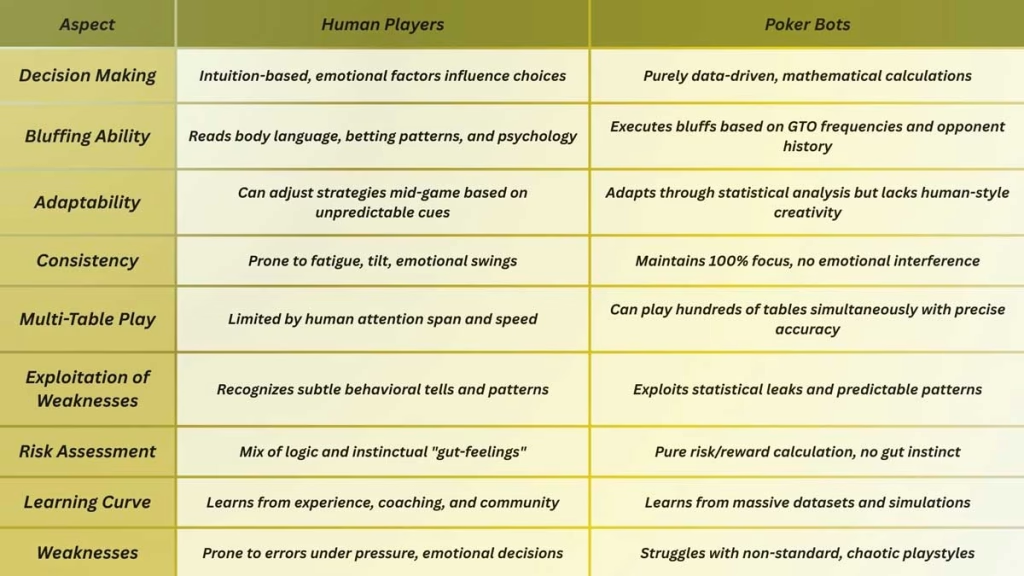
Analyzing GTO (Game Theory Optimal) in Bot Strategy
GTO (Game Theory Optimal) is a mathematically-derived poker strategy that makes the least exploitable plays at all times. It does not try to outwit your opponent like a human would, GTO is designed to be invulnerable to a formerly unknown strategy with any of the opponent’s actions over time. It is balancing bluffs, value bets and folds in the correct mathematical proportions.
For poker bots, GTO is the source. Sophisticated computer programs analyze millions of hand combinations and possible results to estimate a GTO strategy. They try to play a “perfect” game where human deception like bluffing too much or calling out of emotion doesn’t work.
But GTO is not about winning as many fish as possible; it’s about not losing to pros who would otherwise make predictable mistakes. GTO bots can play almost flawlessly but sometimes miss exploitable opportunities that humpros can take advantage of.
For platforms and poker software companies, selling GTO competent bots or training materials is now the key selling proposition, so websites can bring on serious players.
Psychological Factors: Can Bots Replicate Human Instincts?
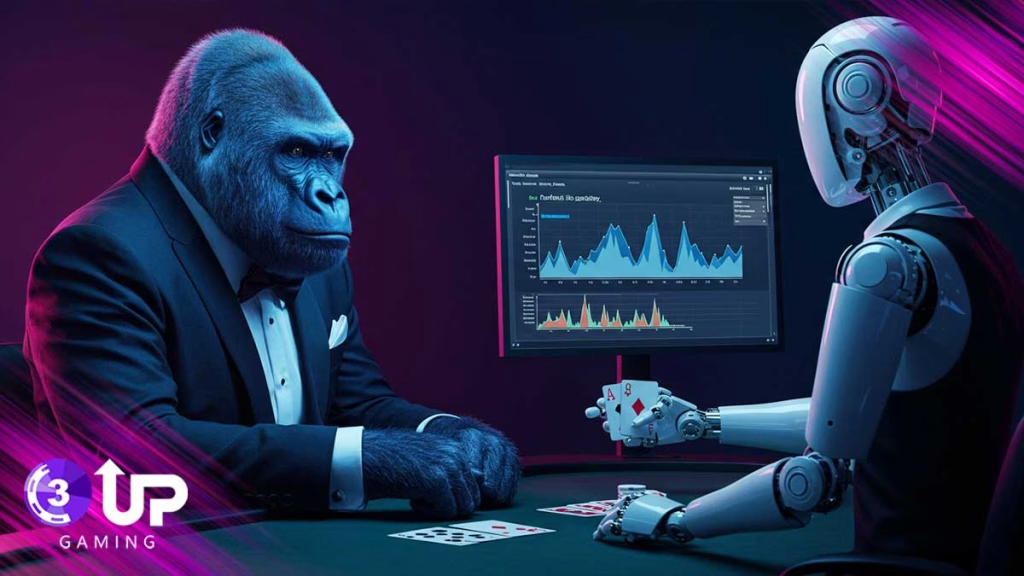
One of the most difficult jobs of AI poker is to match the human player’s subtlety of psychological intuition. Reading body language, feeling uncertainty, conscious bluffing, and capitalizing on emotional cues are areas where human players have a natural advantage, especially in live action.
Why Human Instincts Matter
- Emotional Reads: Humans read physical cues like nervous behavior, voice tone, or betting pattern.
- Bluff Dynamics: Skilled players employ timing, voice, and routines to play successful bluffs.
- Intuition: Intuitions and “reads” regarding other people that are not necessarily mathematically based usually determine major decisions.
Can Bots Imitate This?
Artificial intelligence-based poker bots can learn betting patterns and rates very well. They simulate people’s typical reaction in given circumstances with enormous databases. Bots can:
- Recognize statistical irregularities in betting patterns.
- Play properly balanced bluff frequencies (based on GTO strategies).
- Tune their play from patterns they’ve seen from their opponents.
But bots have no true emotional intelligence. They don’t “feel” anxiety or automatically sense fear or arrogance. They play based solely on estimates of probability, not psychological reflex.
Bots perform similarly to humans in virtual environments, where there are no tells because there is no body. But in live poker rooms, replicating human instincts is a line that has not yet been crossed by AI.
Major Victories of Bots Against Top Human Players
Poker Bots have always been closing the gap between humanity and machine ability. Year in, year out, AI-assisted poker software has hit the reset button on how the world’s top pros play their games at the highest stakes in both online and private live settings.
Here are few of the greatest upsets in which robots vanquished the world’s top human professionals:
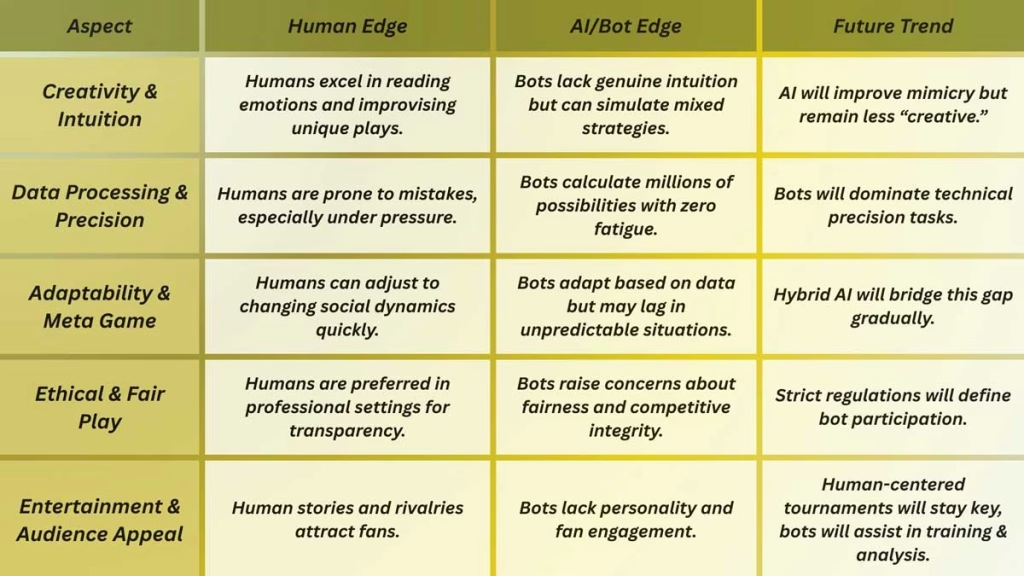
These victories demonstrate how far AI has progressed in comprehending the mathematical and strategic aspects of poker. However, as we’ve seen, genuine psychological depth in human contact keeps the “game” going.
Read More: Crypto Poker Software: Play with Bitcoin and Altcoins!
Limitations of Bots in Dynamic, Multi-Table Environments
While bots perform well on single-table, structured settings, they do poorly in dynamic, multi-table setups. Human players can easily adapt, change strategy, and capitalize on nuanced changes in opponents’ play across a number of tables at once. Bots, however, bumble with real-time adaptation versus unpredictable human creativity and non-compliant playing styles. Additionally, calculation-intensive bottlenecks hamstring their efficiency for long multi-table sessions.
More sophisticated poker AIs are forthcoming, but human flexibility, intuition, and mental reading still prevail in noisy, live settings where not all works out to a tidy model.
How Human Adaptability Still Outperforms in Certain Scenarios
1. Reading Emotional Tells
Humans can detect the overconfidence, nervousness, or uncertainty of live competitors but bots struggle to decipher these body and voice calls.
Bot’s con: Lack of observation of things beyond screen data.
2. Creative, Unorthodox Moves
Solid opponents will occasionally deviate from the GTO line of play in attempts to surprise the opponent with counter-aggression, employing anti-GTO plays as attempts to bait them into false security.
Bot’s con: Bots do not handle illogical moves outside of their preconceived reasoning.
3. Adjusting to New Changes
Players adapt with new structures, unpredictable table dynamics, or players difficult to anticipate within a pool.
Bot’s con: Bots have to be reprogrammed to deal with novel, unorthodox situations.
4. Emotional Control & Pressure Handling
Pressure situations push human resources to the limit, but also draw out some of the greatest performances.
Bot’s con: Bots are at a disadvantage for not having any emotional reaction, but are not afraid and don’t have gut-feel risk analysis.
Training AI for Poker: Data Sets, Simulations, and Deep Learning
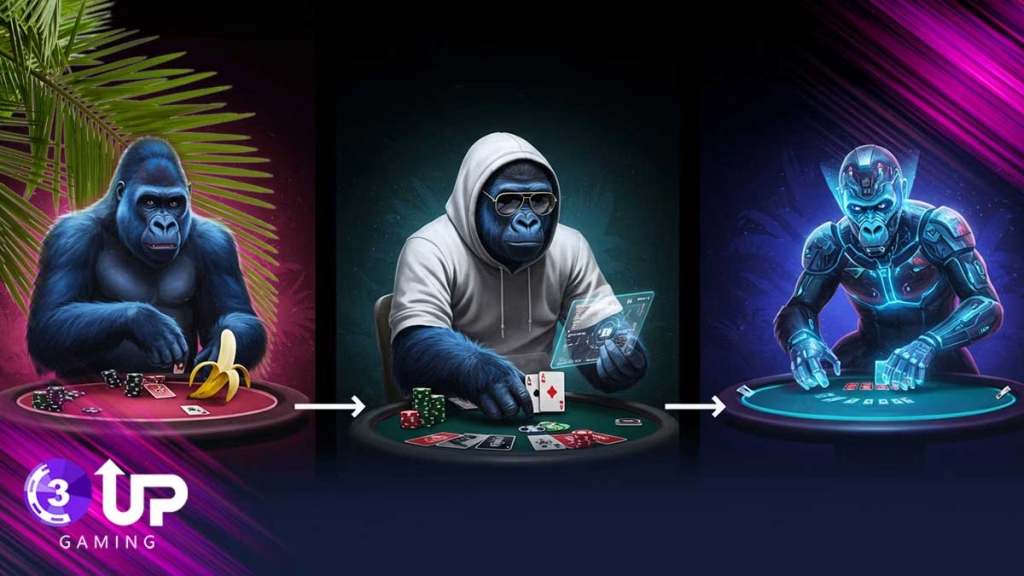
Data Sets
Poker AI training starts with massive hand histories. Millions of simulated and real games give up patterns like bet sizing, bluffing frequency, position strength. Good data means the bot is learning real trends. Without rich and varied data, poker bots can be predictable or not exposed to rare but important game situations.
Simulations
Poker bots learn through self-play simulations. They play against themselves and try an infinite number of scenarios, developing strategies beyond human experience. Live tables are simulated but at an exponentially faster learning rate. However, simulations don’t replicate the messy, irrational human elements so bots are limited in live dynamic games where passion trumps logic.
Deep Learning
Bots now use deep learning to make decisions. Neural networks look at huge patterns and refine strategy with each hand. Unlike the classic rule-based approach, deep learning bots grow organically. But they require massive resources and are still vulnerable to human creativity and unorthodox strategy.
Ethical Questions in Bot-Human Matchups
- Fair Play & Transparency
- Free AI in video games creates transparency issues, as it is harder to distinguish humans from computer opponents.
- Skill Devaluation in Competitive Poker
- Pokerbots make the game a software contest rather than a skill game, where pros can get outpaced by software development.
- Regulation & Detection Technologies
- The moral is to strike a balance between user freedom and security, and the ever-changing AI bots, even though future-proof detection tech is needed.
- AI as Helpers or Enemies
- Is it legal to have poker bots as “helpers” to assist and enhance human players’ training, against fears of getting an unfair advantage?
- The Future: Do Bots Have Their Own Leagues?
Others suggest AI-only poker games to preserve the human aspect but push the AI field, yet global application is an open ethical and business question.
The Future of Competitive Poker: Man vs. Machine?
As technology advances, the conflict of man against robots is becoming more serious with every moving day in poker. Bots have already outperformed human professionals in heads-up, ‘no limit’ poker. But where is it likely to lead us in the decades ahead?
FAQs: Poker Bots vs. Humans
1. Can poker bots consistently beat human professionals?
In 1vs1, the best bots can beat pros in the long run. In multi-table, humans improve faster, and bots get curbed.
2. What makes bots better at certain types of poker decisions?
Bots do great with numeracy type tasks like pot odds, bet sizing and Game Theory Optimal (GTO) policy. They compute risk rationally, objectively.
3. Are there any human traits bots still can’t replicate?
Bots are terrible at emotional reading, crazy bluffs and responding to human psychological play in dynamic situations.
4. Have bots ever won major online or live poker tournaments?
Pluribus has beaten top pros in research games, but bots are not allowed in open tournaments. No bot has technically “won” a high level live event.
5. Will bots dominate the future of professional poker?
Bots will own AI only versions, but human poker will adapt with better detection, bot free league play and shifting player strategy. Human creativity is still the biggest factor.

